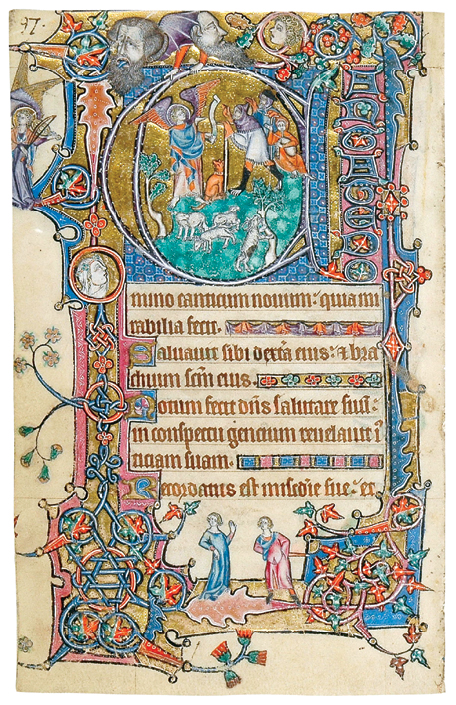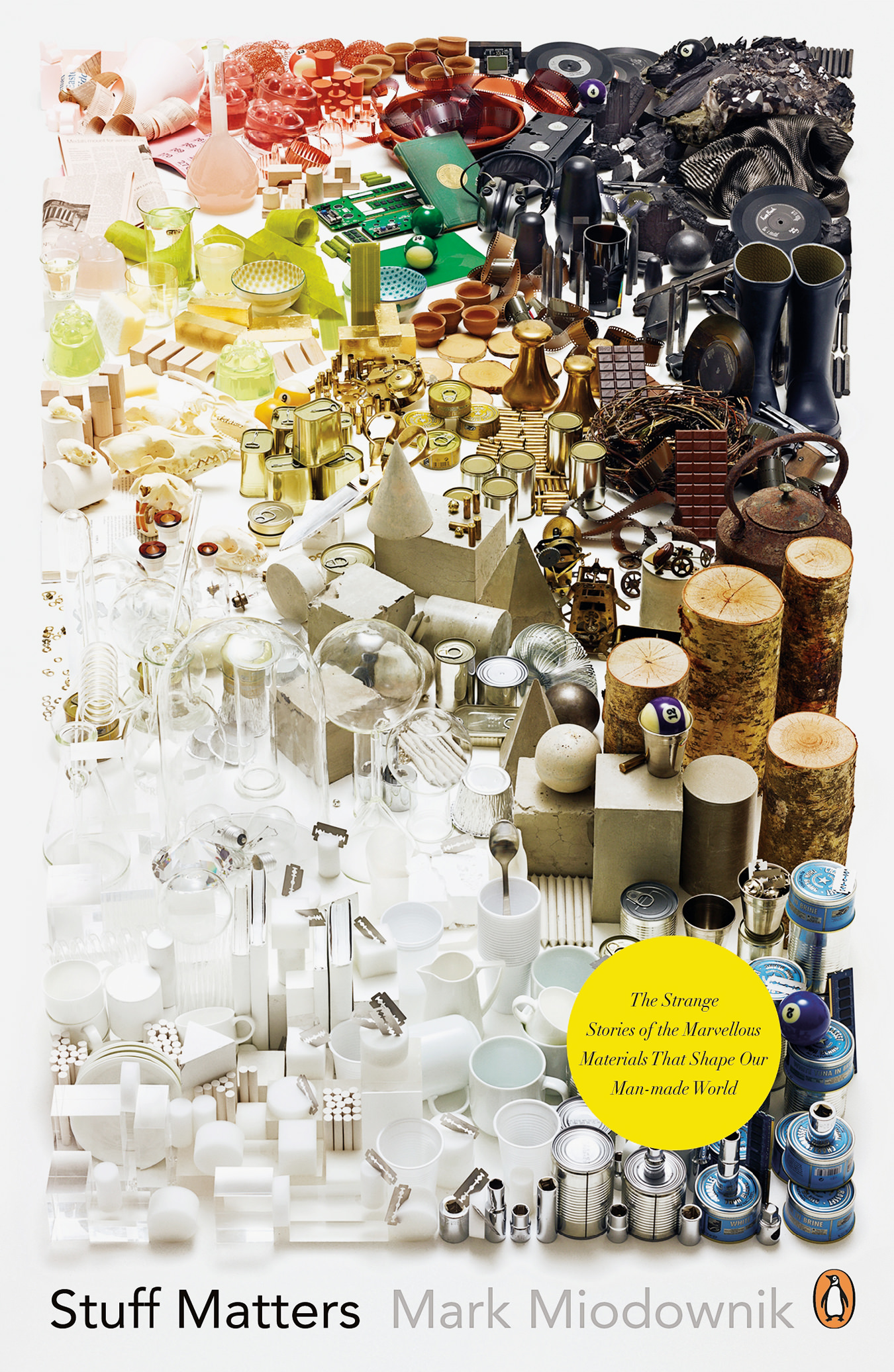The Macclesfield Psalter
A very old book.

Historians in Britain were worriedly watching the clock. They only had weeks left to raise enough money to keep the Macclesfield Psalter, one of the most significant historical discoveries of recent years, in the country.
The Psalter was found when the Earl of Macclesfield had a fight with his family and was forced to sell the contents of the family castle. Unleash the excited appraisers. And as they always hope will happen, but rarely does, they discovered a treasure in the attic. The Earl didn’t even know it existed.
The Macclesfield Psalter as it’s now known was the highlight of the Sotheby sale in June 2004 where it was bought for £1.7 million by the Getty Museum in California. In examining the sale the UK government determined that it was a heritage object of amazing beauty and agreed to hold back an export licence for three months. If during that time, the purchase price was raised, the Psalter could stay in the UK. The historical art world sent out the alarm and people began to rally. The BBC’s new culture TV program put the plight of the Psalter’s in their first show. Museum curators and directors appeared on talk shows and the money began coming in. Acknowledging the effort, the government extended the grace period to February 2005.
It’s hard to keep British art from leaving the country in the suitcases of rich foreigners. The attention and purses of local culture lovers are torn between preserving items from collapsed historic monuments and buildings and buying new art in order to keep museum collections relevant. So why has the Macclesfield Psalter engaged such attention? Because it is both extremely rare and unutterably English. As historian David Starkey, whose books and TV series on Tudor England are seen around the world, put it recently, “I do not automatically support campaigns to keep works of art in England. But for the Macclesfield Psalter the case is open and shut.” Here is the case.
Although Britain rivalled Europe as a centre of artistic activity during the Middle Ages, little has survived. When the Protestant reformers swept across the UK they trashed anything that smacked of “idolatry”, and thus destroyed most of the 13th and 14th-century religious sculpture, painting and architecture. Very few paintings survived. Luckily a Psalter for personal use could be hidden and thus saved. When a beautifully preserved, complexly illustrated medieval artistic treasure is unearthed, it’s both exciting and informative. And what a treasure trove it is.
Only 170 x 108 mm, it has 252 richly illustrated pages, full of bawdy, irreverent and exquisite paintings. Reserved for private prayer, many of its images were inspired by jokes, fables and puns of the time. Animals are dressed as bishops and kings. Lovers are shown in bawdy courting games. It’s more telling than just a religious document. It illustrates the artist’s social values. This is truly a window into medieval England and as such historians like Starkey believe it will lose its sense if ripped up by the roots.
The Fitzwilliam Museum in Cambridge has earnestly explained to anyone who will listen, how they have preserved and restored it, digitalized the images and will teach it, making it a key part of their medieval and Renaissance manuscript collection. The book’s charming, offbeat humour is described as Pythonesque and former Monty Python member Michael Palin urged people to help keep the Psalter in Britain. It worked, and so the Time Bandits will have to wait another day.







